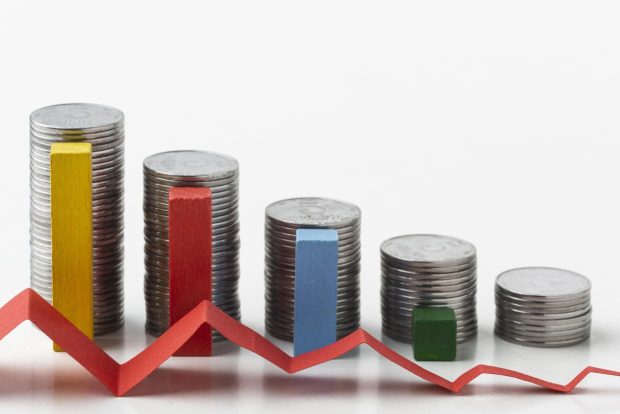Indian budget aims to tackle slowing growth

The Indian budget, dubbed the “budget for new India,” sets out plans to invest billions in infrastructure and reduce taxes for most business owners, while raising taxes for the super-rich.
The Annual Budget 2019-2020 was presented to Parliament by India’s finance minister, Nirmala Sitharaman, on 5 July. Sitharaman, the first woman to hold the key post, set out a range of measures designed to pursue economic growth of nearly 8%. The government says it wants to see the economy almost double in size by 2025, reaching US$5tn.
This is the first budget since prime minister Narendra Modi swept to victory in May’s election, and is set against a backdrop of rising unemployment and falling growth rates. Economic growth slumped to its lowest level in five years in the first quarter of 2019, knocking India off the top spot as the world’s fastest-growing economy.
Infrastructure, pensions, and a rescue
The budget’s measures include lowering corporate taxes to 25% for almost all businesses; extending pension schemes to millions more workers; and propping up the country’s non-banking financial sector, which has recently got into trouble. There will also be a tax rise for the super-rich.
Sitharaman promised billions to boost infrastructure and bridge the rural-urban divide, including US$72bn for railways and US$11.6bn for new roads over the next five years. Ensuring rural households have access to gas and electricity by 2022 and clean water by 2024 were also set out as priorities for the government.
Prime minister Narendra Modi said the budget will accelerate the pace of development in the country and greatly benefit the middle class, as well as helping the poor and creating a better future for young people.
“The budget will simplify the tax process and help in modernising the infrastructure in the country,” he said in a statement following Sitharaman’s presentation to Parliament.
Short-term focus
But Indian press reaction wasn’t quite as buoyant. Indian business leaders saw it as “a mixed bag,” according to the Indian Economic Times, with one commenter writing that the budget “didn’t address long-term economic issues.”
Sitharaman’s budget offered hope of addressing the cyclical slowdown, said the paper, as “India’s troubled non-banking financial companies — its shadow banking sector — will be thrown a lifeline,” but there’s not enough in it to address the nation’s “structural slowdown.” India Today called the budget “a damp squib,” and reported the markets reacted badly. And Reuters reported that Indian shares took a 2% tumble as investors gave the budget “a thumbs down”.























